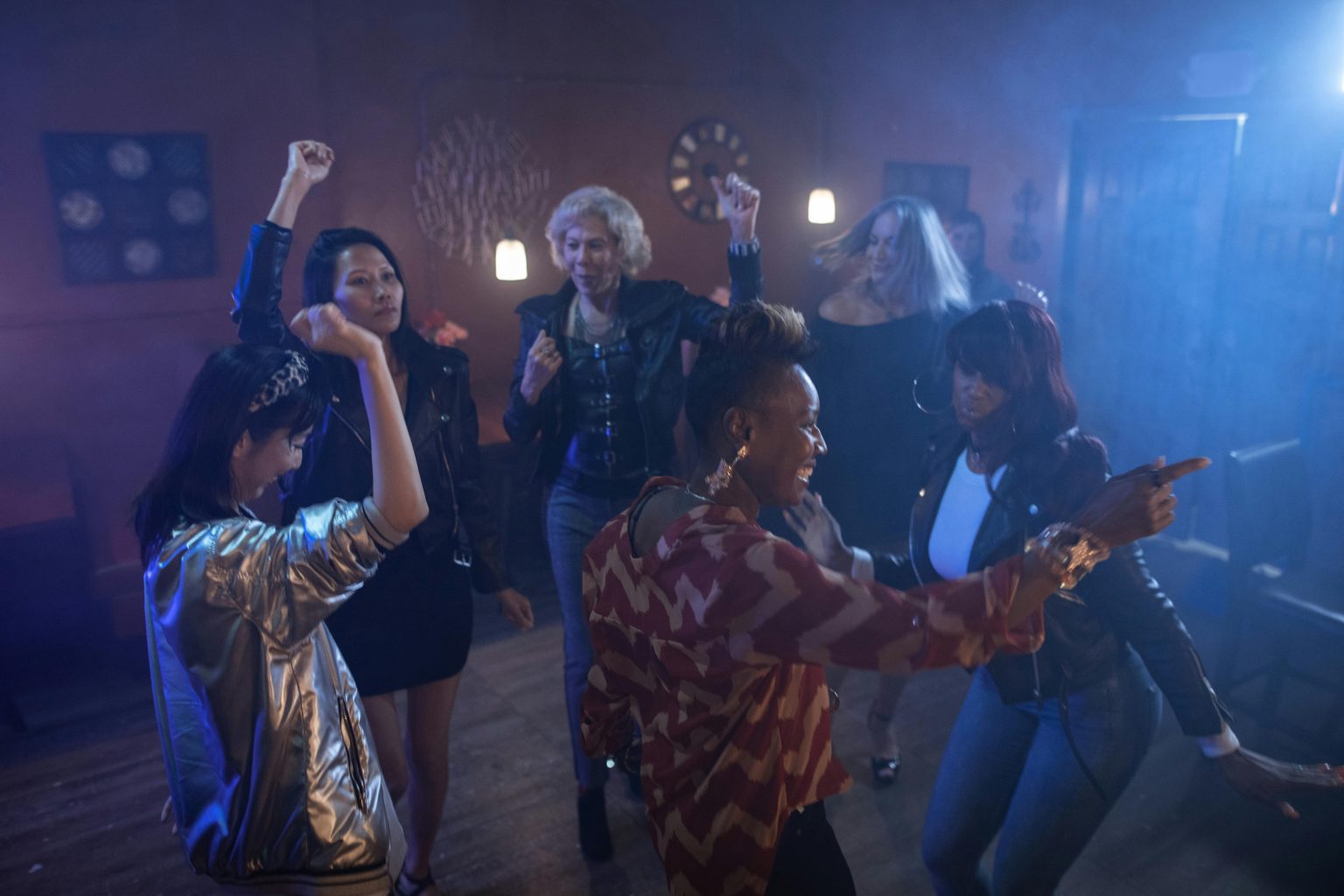There are days when nothing seems to work — not journaling, not deep breaths, not your favorite comfort show. The thoughts spin like a carousel you can’t get off, your body feels heavy and disconnected, and emotions press against your skin like a storm about to break. On days like that, when talking doesn’t help and thinking too much only makes things worse, sometimes the only thing left is to move.
Not to escape — but to shift.
Dancing — even for five minutes — can change everything.
It’s not about performing or being graceful. It’s not about fitness, flexibility, or coordination. It’s about letting your body speak for you when words fall short. There’s something profoundly healing in that. Movement becomes more than just movement. It becomes expression, release, ritual. Something deeply personal, beautifully messy, and entirely real.
It can be as simple as putting on a song that reflects how you feel and letting your body respond — instinctively, intuitively. Sometimes it’s soft and slow. Sometimes it’s angry and jagged. Sometimes it’s completely chaotic: joyful, tearful, bold, or quiet. The important part isn’t how it looks — it’s that you show up. Not for anyone else. Just for yourself.
This kind of dancing isn’t about control — it’s about connection. A check-in with yourself when everything else feels overwhelming. A space to process without pressure. And often, in that freeform movement, something shifts. The weight in your chest lightens. The static in your head quiets. For just a moment, you return to yourself.
But if you’re craving a little more structure within that freedom, there’s something special about Irish dance.
Rooted in rhythm, community, and tradition, Irish dancing offers a way to move that is both grounding and expressive. It’s a form of movement that requires attention — not in the sense of judgment or appearance, but in the way it pulls you into the present moment. The precise, percussive footwork demands that you feel every step, every beat, every breath. It becomes impossible to be anywhere else but here — in your body, in this exact second.
There’s something almost meditative in that repetition. The rhythm becomes a heartbeat. The steps, a kind of moving mantra. It’s energizing and calming at once — a practice that unites focus and freedom, discipline and release.
And when you’re ready to explore that kind of connection with yourself through movement, having the right shoes isn’t just a detail. It’s a form of support. A way to honor your body and the ritual you’re building.
That’s where Keilys comes in.
Keilys is known for their high-quality, authentically crafted Irish dance shoes — trusted by dancers of all levels, from complete beginners to seasoned performers. Their soft shoes, also called ghillies, are made from supple leather that gently molds to your feet over time. They’re breathable, flexible, and supportive — offering just the right amount of structure to help you feel grounded, yet free to move fully and naturally. The leather hugs your foot, giving you better control with every movement. It doesn’t restrict you — it moves with you.
For those wanting to explore traditional hard shoe Irish dancing — where the sound your feet make becomes part of the music — Keilys also offers a range of options designed to deliver clear, resonant rhythms. The soles are sturdy but responsive, allowing your steps to sing across the floor with power and precision. You don’t need a stage. Just a room. Just a song. Just a heartbeat that says, “I’m still here.”
Wearing proper dance shoes, even when you’re practicing alone in your bedroom, can transform your movement into something sacred. Something intentional. It signals to your body: This is real. This matters. And sometimes, that small shift is enough to bring you back to yourself.
The beauty of turning movement into a regular part of your life — like a daily check-in or emotional reset — is that it doesn’t need to be impressive. It doesn’t need to be shared or recorded. It just needs to feel honest. Some days you might dance for ten minutes, others for thirty seconds. There are no rules — only your rhythm.
Over time, you may start to notice patterns. Certain songs that crack you open in the best way. Certain movements that feel like strength. Or softness. Or sorrow. Or resilience. You begin to develop a quiet language with yourself — one made of breath, beats, and brave little steps. You don’t have to name what you’re feeling. You just let your body hold it, and then release it.
Dance, in all its forms, reminds us of something we often forget:
Healing doesn’t have to be silent.
Joy doesn’t always have to be still.
Your body can carry pain — and let it go — through rhythm, through sweat, through grace or clumsiness or something in between.
So the next time everything feels too much — or not enough — try dancing it out.
No pressure. No audience. No need to get it right.
Just you. A song that speaks to something in you. A clear space.
Move through it.
Breathe through it.
Feel it.
Heal it.
Let your body lead the way.
Because it already knows how.



